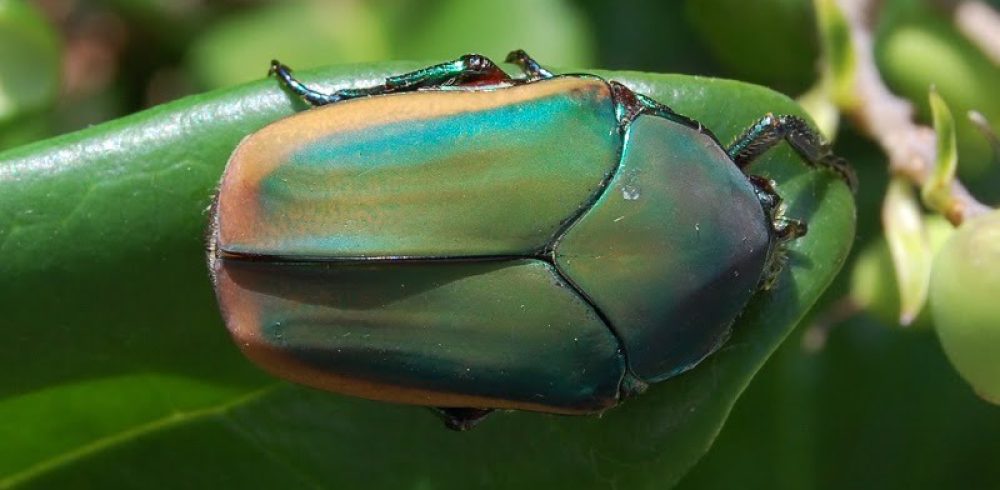The complex architecture surrounding the shell of Beetles has been uncovered. A professor of mechanical and materials engineering is responsible for the unique discovery after he explored a way to analyse the fibrous nanostructure of a beetleâs lightweight but durable shell.
Beetles have a body amour like shell that ought to weigh them down, if we think of a turtle or a medieval style knight we can see how one would assume the heaviness of such a protective layer. In reality, the shells are incredibly light for their size in relation to the bug and are there as a protection over delicate wings that allow the beetle to fly.
There are over 350,000 different species of beetle and many more yet to be discovered. Thatâs a staggering amount considering there are 250,000 species of plant and only 4,000 species of mammals that we are aware of. A better understanding of the beetleâs exoskeleton is thought to help scientists in the engineering of lighter and stronger materials.
The lightweight exoskeleton is composed of chitin fibres that are approximately 20 nanometres in diameter, thatâs extremely tiny in comparison to human hair which measures at approximately 75,000 nanometres in diameter. It is packed into layers which twist into a spiral like matter which makes the structure difficult to analyse efficiently. The team of researchers developed a method of slicing down the spiral to reveal a cross section of fibre at different orientations. By combining experimental procedure and theoretical analysis the researchers were able to reveal the architecture of the exoskeleton that have never been seen before. This can allow them to explore the material properties of the nanofibers and use them on a greater scale.
The discoveries were made in the Figeater Beetle-Cotinis mutabilis, which is a common insect from the scarab beetle family and native to the USA. Their appearance is a metallic green and they feed on pollen, nectar or petals. The technique however can be used across other varieties of the species and from there to other shelled creatures. By comparing beetles with different demands based on their exoskeletons, such as how they defend against predators or environmental hardships, evolutionary insights could be formed for a better understanding of the relationship between structural features and their properties.















